Finishing cattle: I have been speaking to a number of farmers this week who are reporting very poor kill-out in cattle killed off grass. Fat cover and carcase weights are the main issue where animals have been sold quickly off grass to relieve ground pressure. In most cases, cattle have not been on meals for long enough prior to slaughter, or fed at the correct levels. Finishing cattle is all about getting more energy into the animal, so make sure your ration has a UFV of 0.95 of better. Ask your merchant if this information is not available on the feed docket. Protein levels in a finishing diet should be around 13%. For continental cattle, you will struggle to improve fat cover if feeding heifers for less than six weeks and bullocks any less than eight weeks.
Feeding a ration with 30% maize along with barley and beet pulp will help to increase energy and starch levels in the diet. Feeding steers 6kg to 7kg per day and heifers 5kg per day will be required to kill cattle off grass at this stage of the year. If ground conditions are turning against you, depending on weight and housing facilities, it would be better to house these animals and finish on higher levels of meals for 40 to 50 days. Feeding a steer 8kg per day at €240/t will cost €1.92 plus 20c/kg to cover fodder. While beef price has slipped recently, the higher meal levels will improve grade and weight, thereby avoiding any price penalties on lean cattle. At a beef price of €3.80/kg and 57% kill-out, the steer will be covering daily feed costs.
Autumn grazing plans: Thoughts should now be turning to closing off grazing ground for spring. On some farms, the weather and ground conditions will have already limited the possibility of grazing some heavier fields again this year. Damage caused earlier this month will also prevent any further grazing this autumn in some fields. On heavier farms, target 1 October to start closing off fields.
It is important to clean off heavy covers before closing, but equally important to close off some drier fields to get cattle out early next spring. Use lighter weanlings to graze out wetter fields. Make use of temporary electric wire to strip-graze heavy covers. This will improve utilisation, but you will need to move the wire every day. Alternatively, increase the group size and target grazing out fields in one to two days before moving animals, instead of your normal three- to four-day paddocks.
Weaning: January- to March-born calves should be weaned off now as the cow will be contributing very little in terms of calf weight gain, especially if the calf is now eating meals. Letting calves creep-graze ahead of the cow, or creeping into the next paddock, will help to break the cow-and-calf bond, reducing stress during weaning. Make sure that when you do wean, cows are moved out of sight and smell of the calf. Weaning now will help to maintain cow body condition, therefore cows can be put onto a maintenance diet. Now is also the time to correct body condition in thin cows. Put these animals back to good grass, or house them and feed good quality silage and a small level of meals.



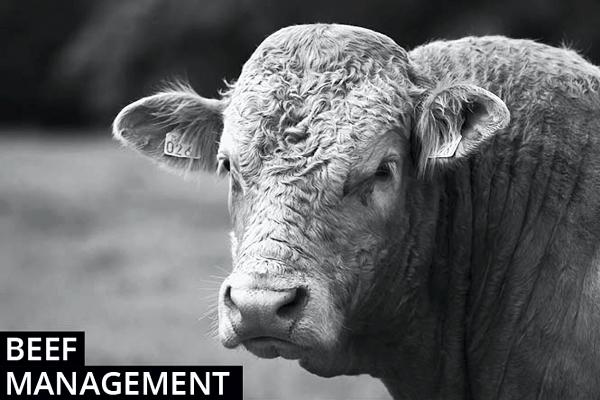

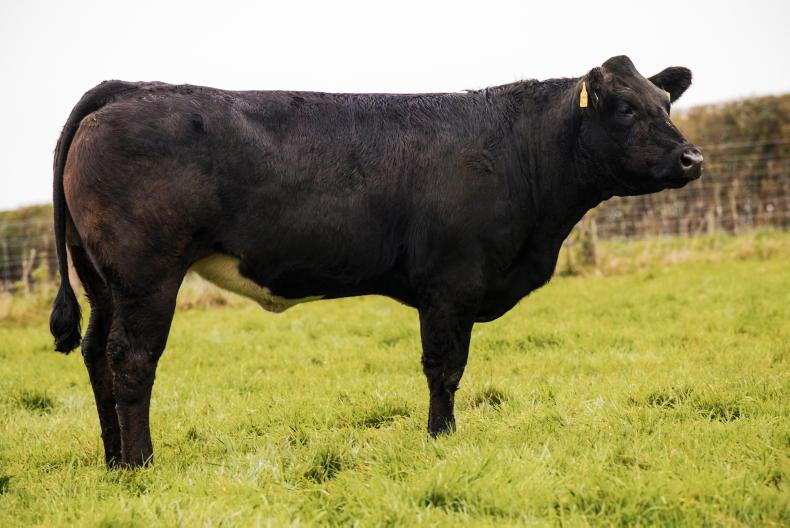

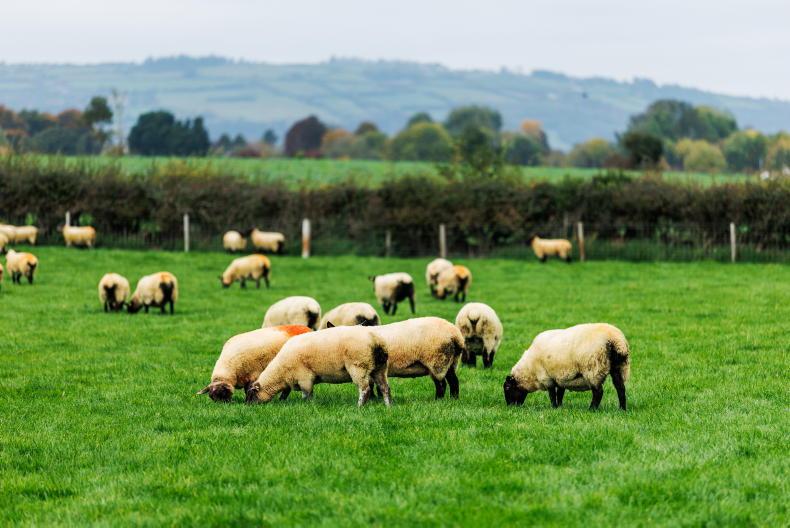
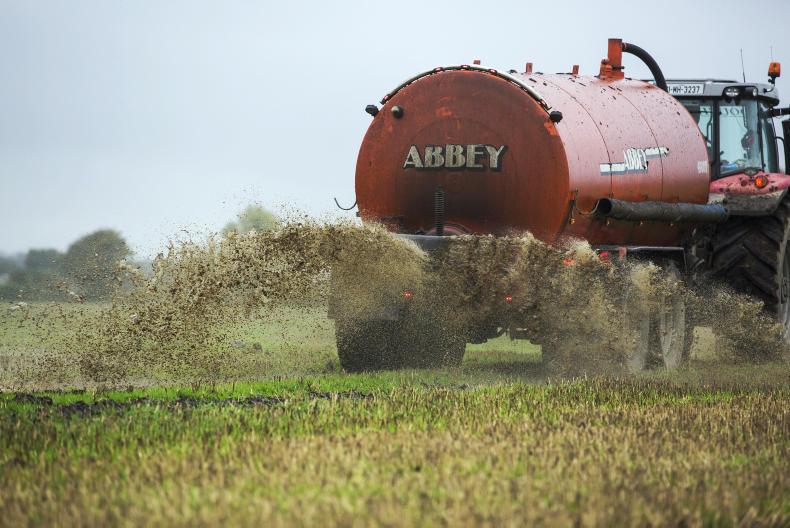
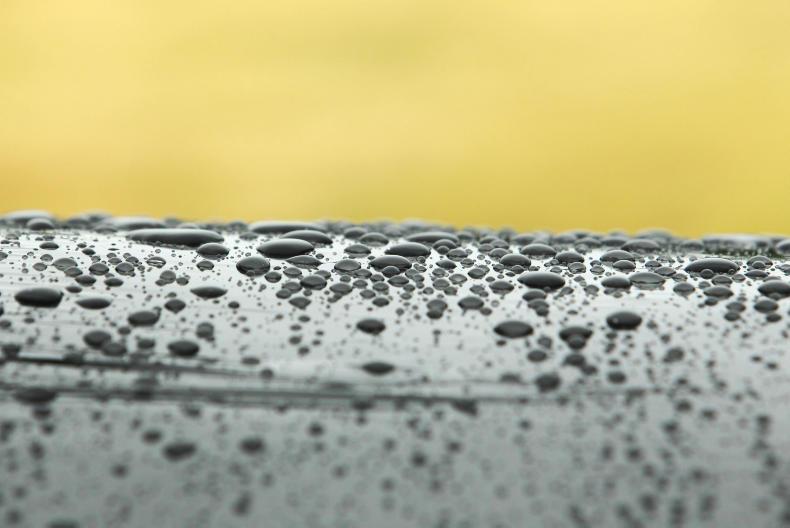
SHARING OPTIONS